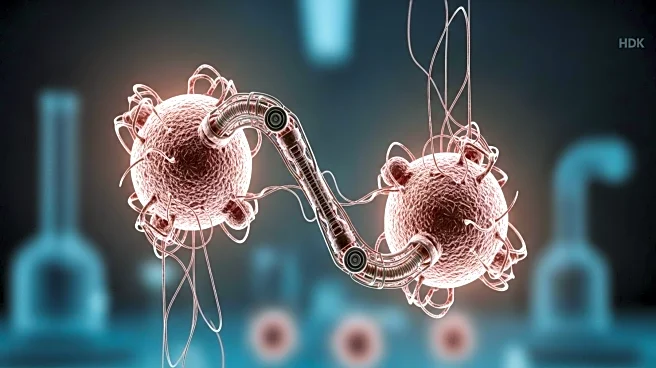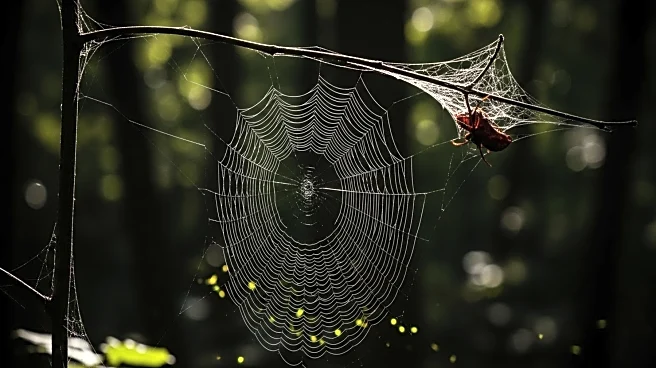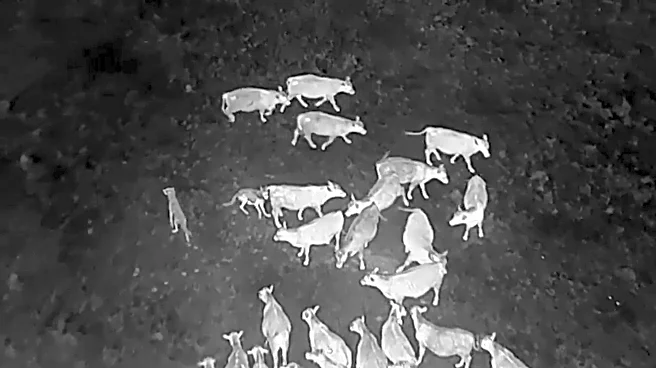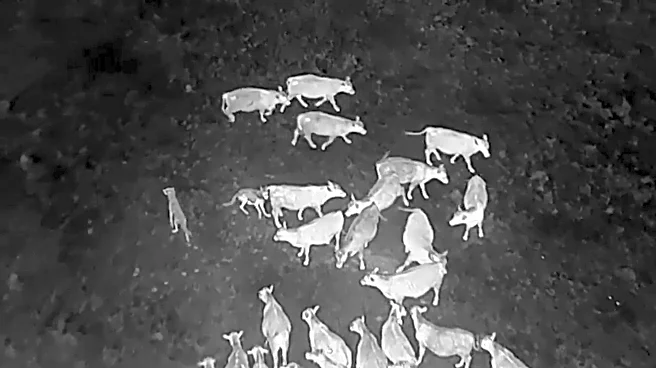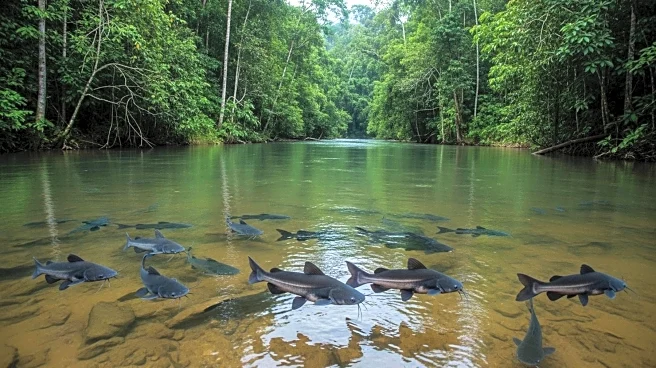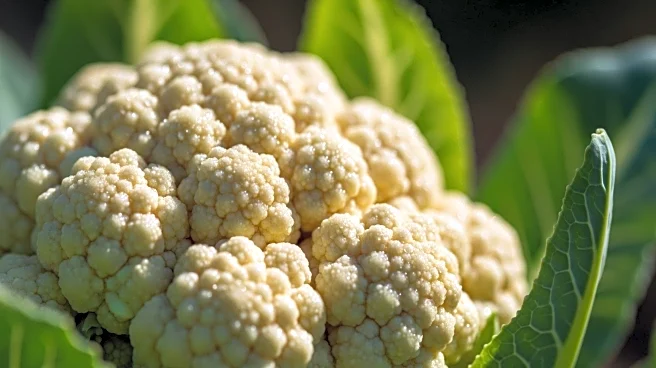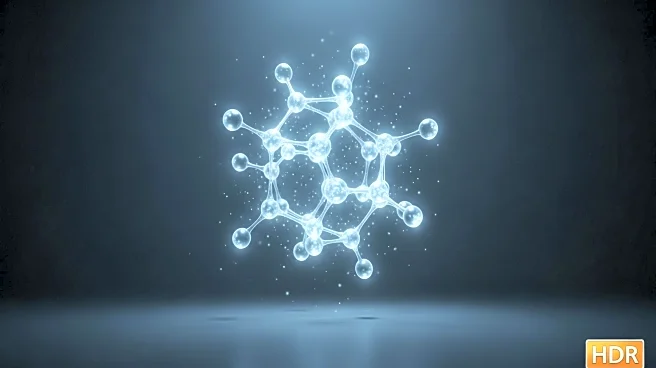What is the story about?
What's Happening?
Scientists have identified a unique bacterial strain, RSW1, capable of dual respiration, both aerobically and anaerobically, in Yellowstone National Park's thermal springs. This discovery challenges existing understanding of microbial metabolism, as RSW1 can simultaneously process oxygen and sulfur, producing hydrogen sulfide even in the presence of oxygen. The bacteria's ability to thrive in fluctuating oxygen conditions suggests a highly adaptive trait, potentially offering insights into microbial evolution during the Great Oxygenation Event.
Why It's Important?
The discovery of RSW1's dual respiration could reshape scientific perspectives on microbial adaptability and evolution. This hybrid metabolism may provide clues about how early life forms survived and thrived during periods of significant atmospheric changes. Understanding such mechanisms could have implications for biotechnology and environmental science, potentially aiding in the development of new microbial applications or strategies for managing ecosystems affected by climate change.
What's Next?
Further research is needed to understand how RSW1 protects its anaerobic processes from oxygen interference. Scientists speculate that the bacteria might form chemical supercomplexes to isolate and quickly utilize oxygen. This ongoing investigation could reveal more about microbial survival strategies and inform future studies on microbial life in extreme environments.
Beyond the Headlines
The ability of RSW1 to perform dual respiration may suggest that similar microbial processes are more widespread than previously thought. This could lead to a reevaluation of microbial roles in various ecosystems, particularly those with fluctuating oxygen levels, such as submerged sediments. The findings may also inspire new approaches to studying microbial life in other extreme environments, potentially uncovering novel biological processes.
AI Generated Content
Do you find this article useful?
